This website uses cookies so that we can provide you with the best user experience possible. Cookie information is stored in your browser and performs functions such as recognising you when you return to our website and helping our team to understand which sections of the website you find most interesting and useful.
Tag: mental health
-
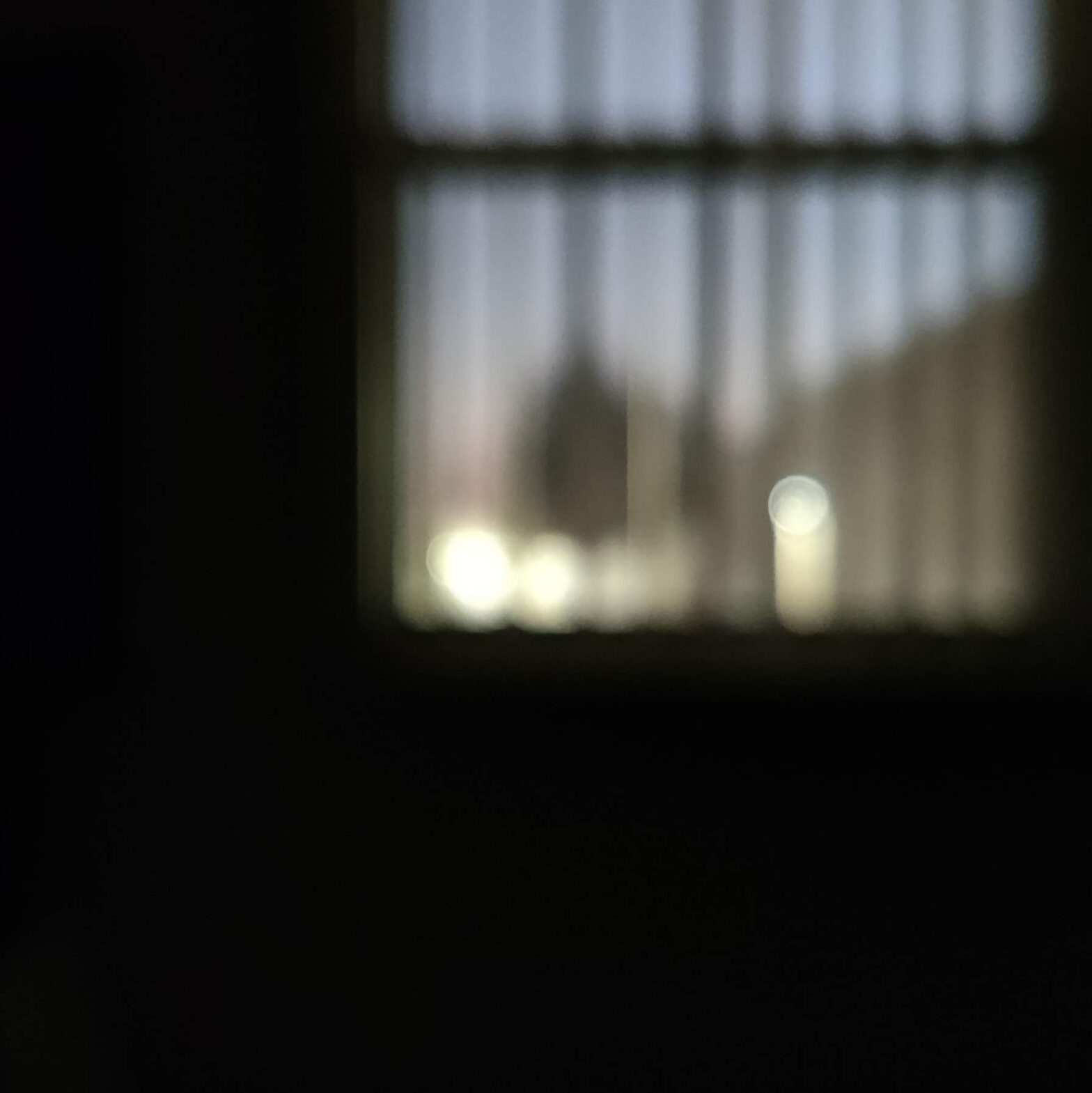
This, Too, Shall Pass
•
This time of year is so difficult. It’s dark, it’s cold, and the holidays bring all sorts of mixed feelings. On one hand, there’s the promise of joy and charity and togetherness, and on the other the reality of rampant consumerism and the unrelenting pressures of maintaining a veneer of…
-
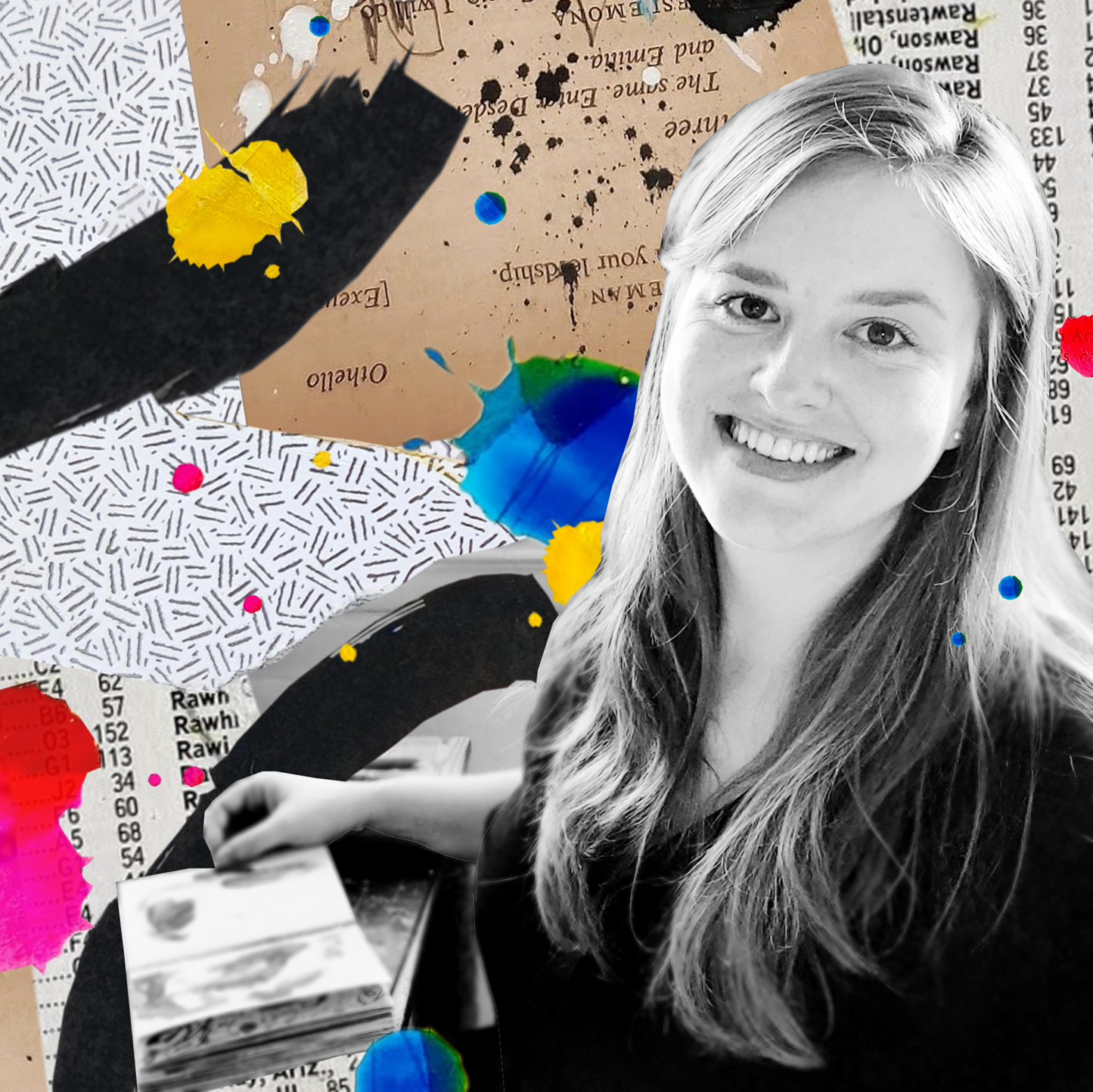
Let Me Introduce Myself
•
If you’ve followed me and my art online for a while, you’ll know that I’m a self-taught artist and writer. I was creative from an early age, writing stories, building imaginary worlds, performing onstage, and drawing. In a high school art class I discovered the Altered Books Workshop, which introduced…
-
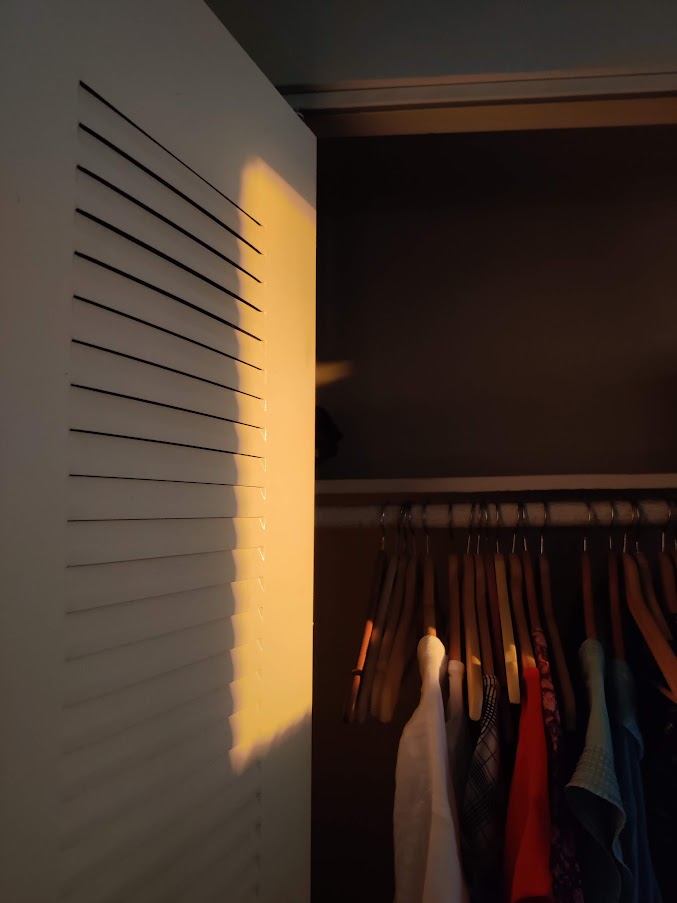
Finding Peace in Stressful Times
•
When life’s stress is overwhelming, I focus on the things that are right in front of me and eliminate everything extraneous.
-
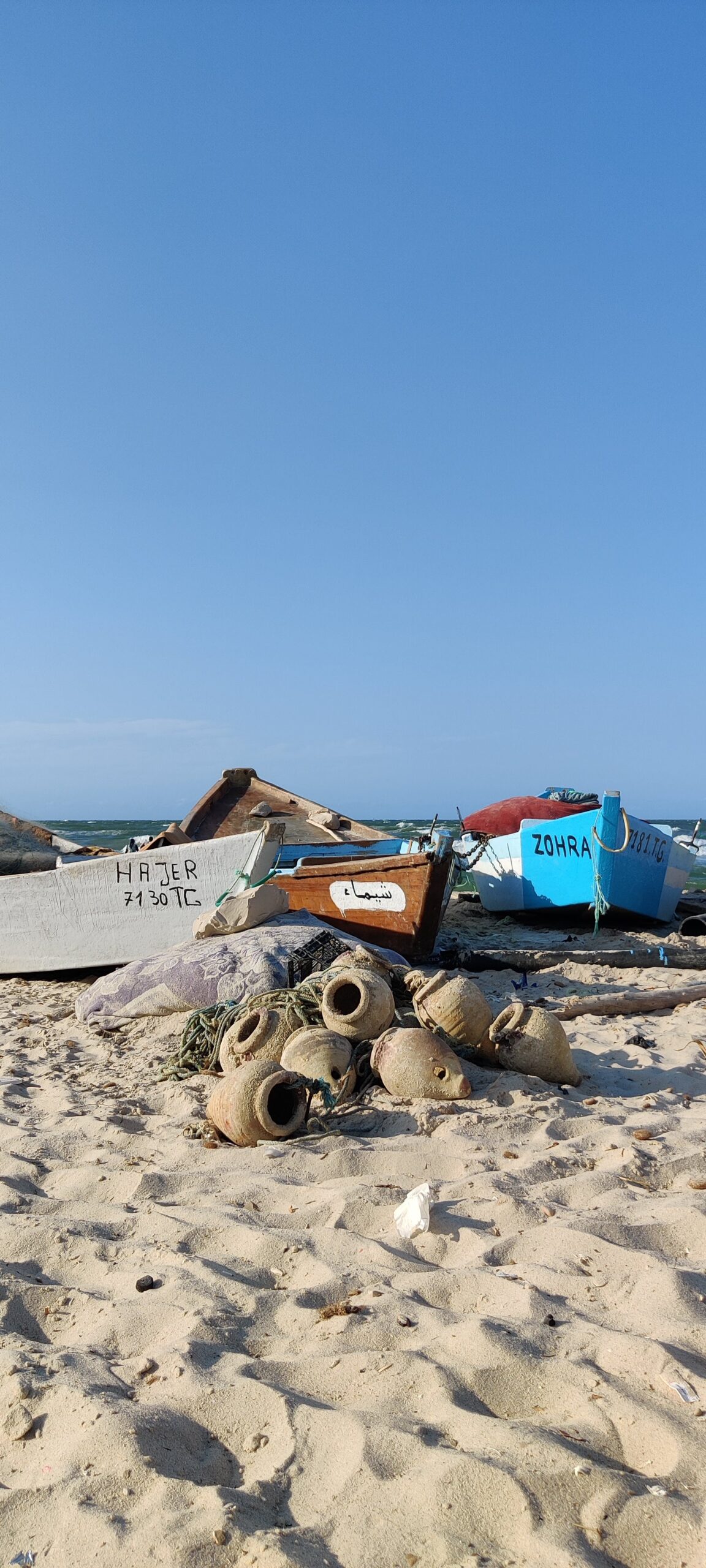
Being Present
•
The creative process requires us to be present. How much inspiration and intuition are we missing by keeping ourselves distracted?
-
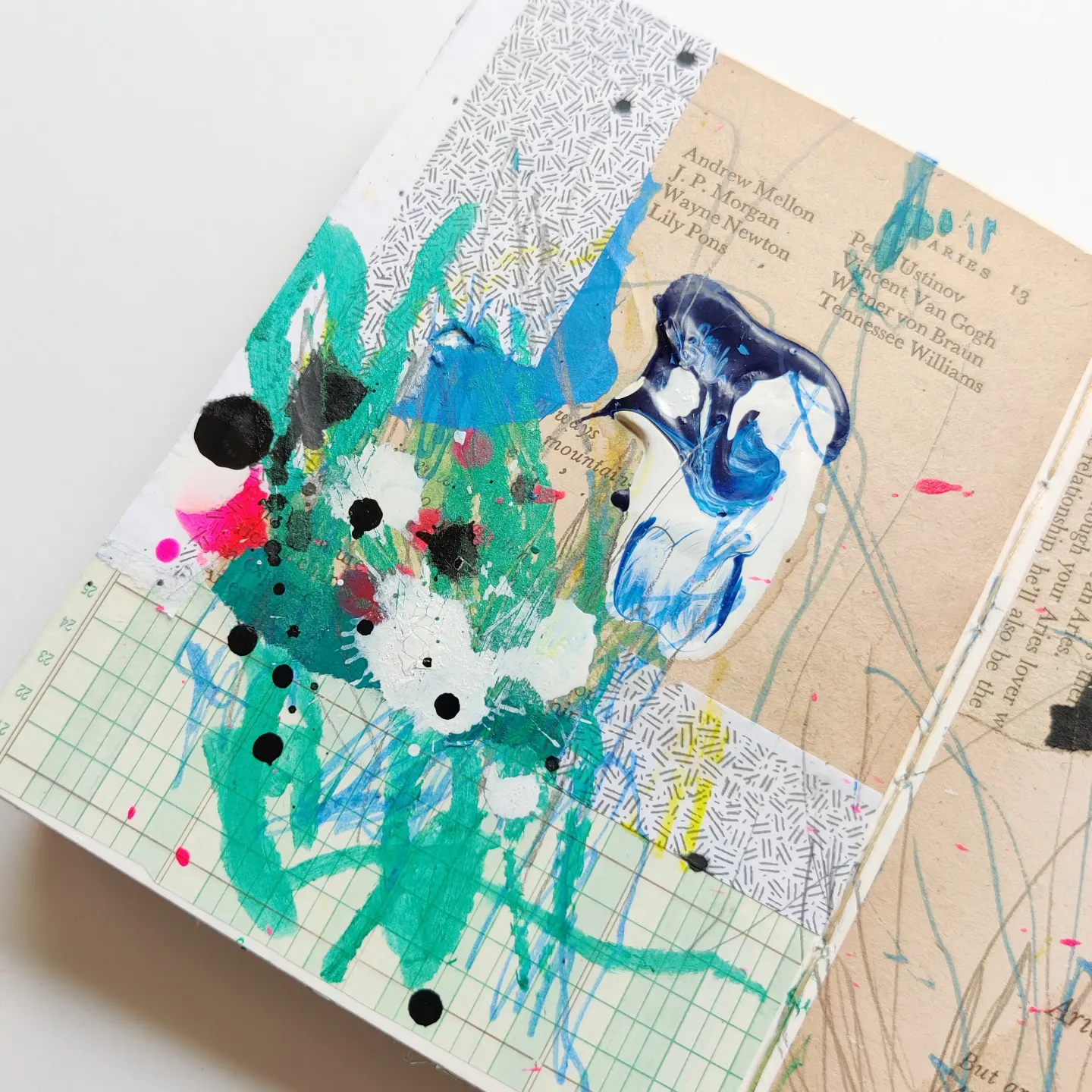
Capturing the Chaos
•
Since I first began art journaling, the pages have been a place to express the ups and downs of my life.
